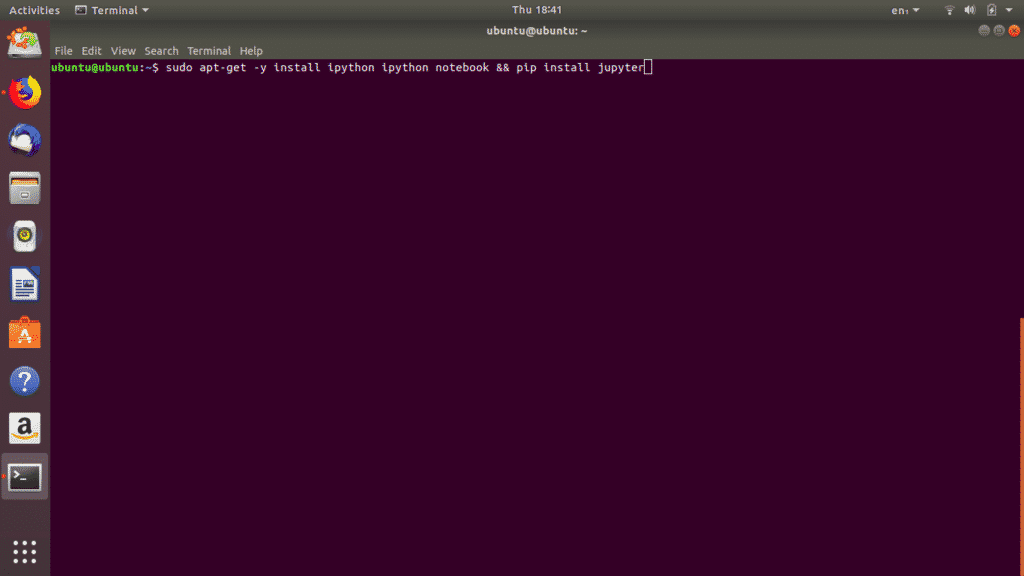

When instantiating a C++ class from Python via PyROOT, both a C++ object and its Python proxy object are created. SetBatch ( True ) Low-level manipulation of objects Pass -b as a command line argument, for example, python -b my_pyroot_script.py.įor this to work, you must set P圜onfig.IgnoreCommandLineOptions to False inside the PyROOT script, see → Configuration options.Ĭall gROOT.SetBatch in the PyROOT script, right after importing ROOT: You can activate the batch mode as follows: When running in batch mode, PyROOT does not display any graphics. If a given PyROOT application does not need this event processing, you can prevent the creation of the thread by setting P圜onfig.StartGUIThread to False. StartGUIThread (default True): Unless executed from IPython, a Jupyter notebook or in interactive mode, PyROOT starts a thread that periodically polls for ROOT events (for example GUI events) to process them. If PyROOT is executed as part of a longer-running application that needs the C++ interpreter, you can set P圜onfig.ShutDown to False to prevent that shutdown. ShutDown (default True): When the application is finished, more precisely during PyROOT’s cleanup phase, the ROOT C++ interpreter is shut down by default. However, by setting P圜onfig.IgnoreCommandLineOptions to False, those arguments are forwarded to ROOT for parsing, for example, to enable the batch mode from the command line.įor a complete list of the arguments accepted by ROOT, → see Starting ROOT with command line options. IgnoreCommandLineOptions (default True): If a PyROOT script is run with some command line arguments, ROOT ignores them by default, so you can process them as you wish. If you want to disable the rootlogon functionality, set P圜onfig.DisableRootLogon to True. Note that it is also possible to use both the Python and the C++ rootlogons, since the latter can be loaded from the former, for example with ('.rootlogon.C'). rootlogon.C), first in ROOT’s etc directory, then in the user’s home directory and finally in the current working directory. rootlogon.py in the user’s home directory, it looks for the equivalent in C++ (. TStyle ( 'MyStyle', 'My graphics style' ) myStyle. The entry point to PyROOT is the ROOT module, which you must import first: When ROOT is installed, you can use PyROOT both from the Python prompt and from a Python script. Therefore, we strongly recommend to use the new PyROOT. The new PyROOT has extensive support for modern C++ (it operates on top of cppyy), is more pythonic and is able to interoperate with widely-used Python data-science libraries (for example, NumPy, pandas, Numba). Together with ROOT 6.22, a major revision of PyROOT has been released. The usage of PyROOT requires working knowledge of Python.įor detailed information on Python, refer to the Python Language Reference. PyROOT is compatible with both Python2 (>= 2.7) and Python3.
#Pip install ipython c++ error full#
With PyROOT you can access the full ROOT functionality from Python while benefiting from the performance of the ROOT C++ libraries. The PyROOT bindings are automatic and dynamic: no pre-generation of Python wrappers is necessary. PyROOT is HEP’s entrance to all C++ from Python, for example, for frameworks and their steering code. With PyROOT, ROOT’s Python-C++ bindings, you can use ROOT from Python.





 0 kommentar(er)
0 kommentar(er)
